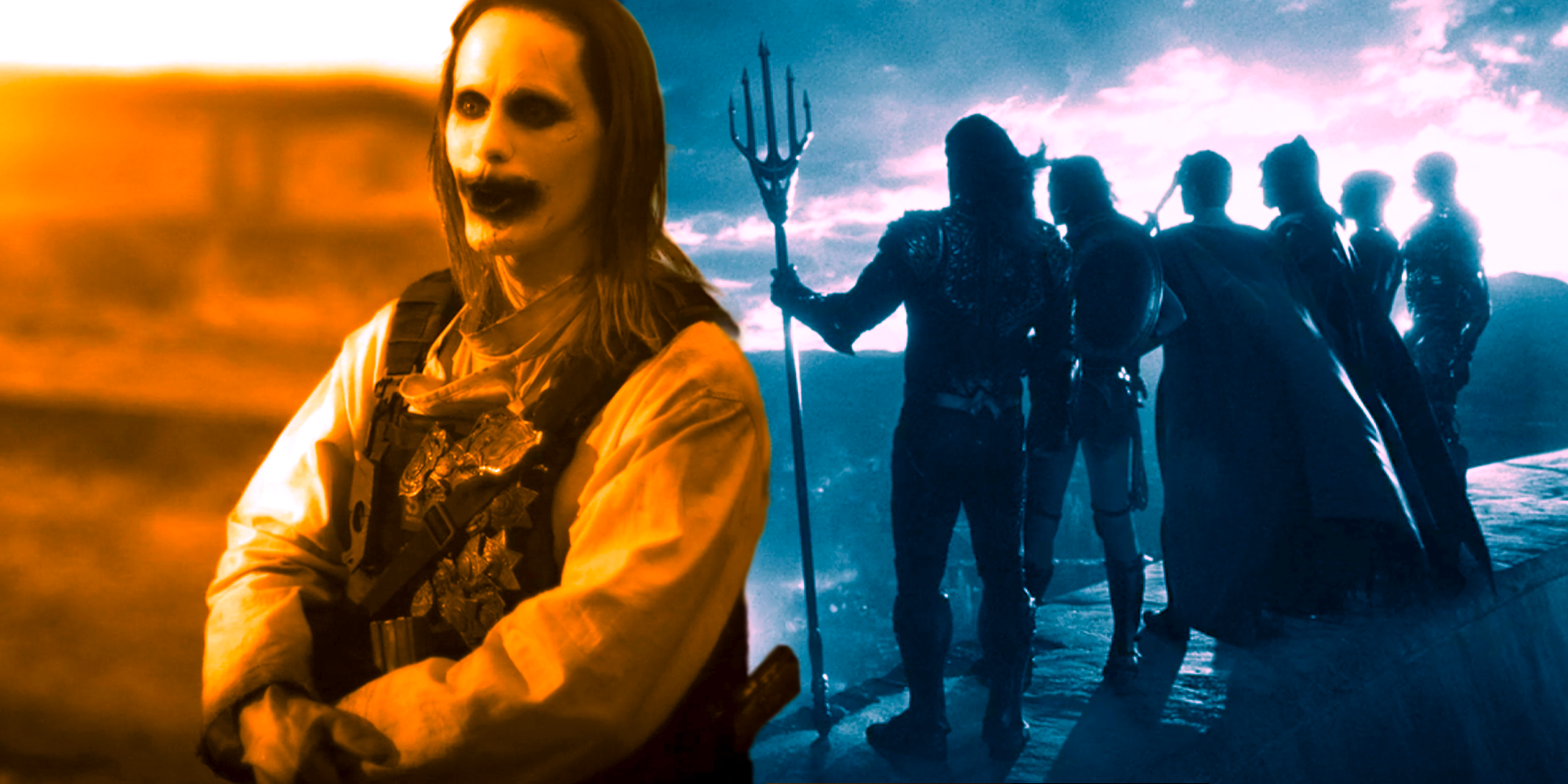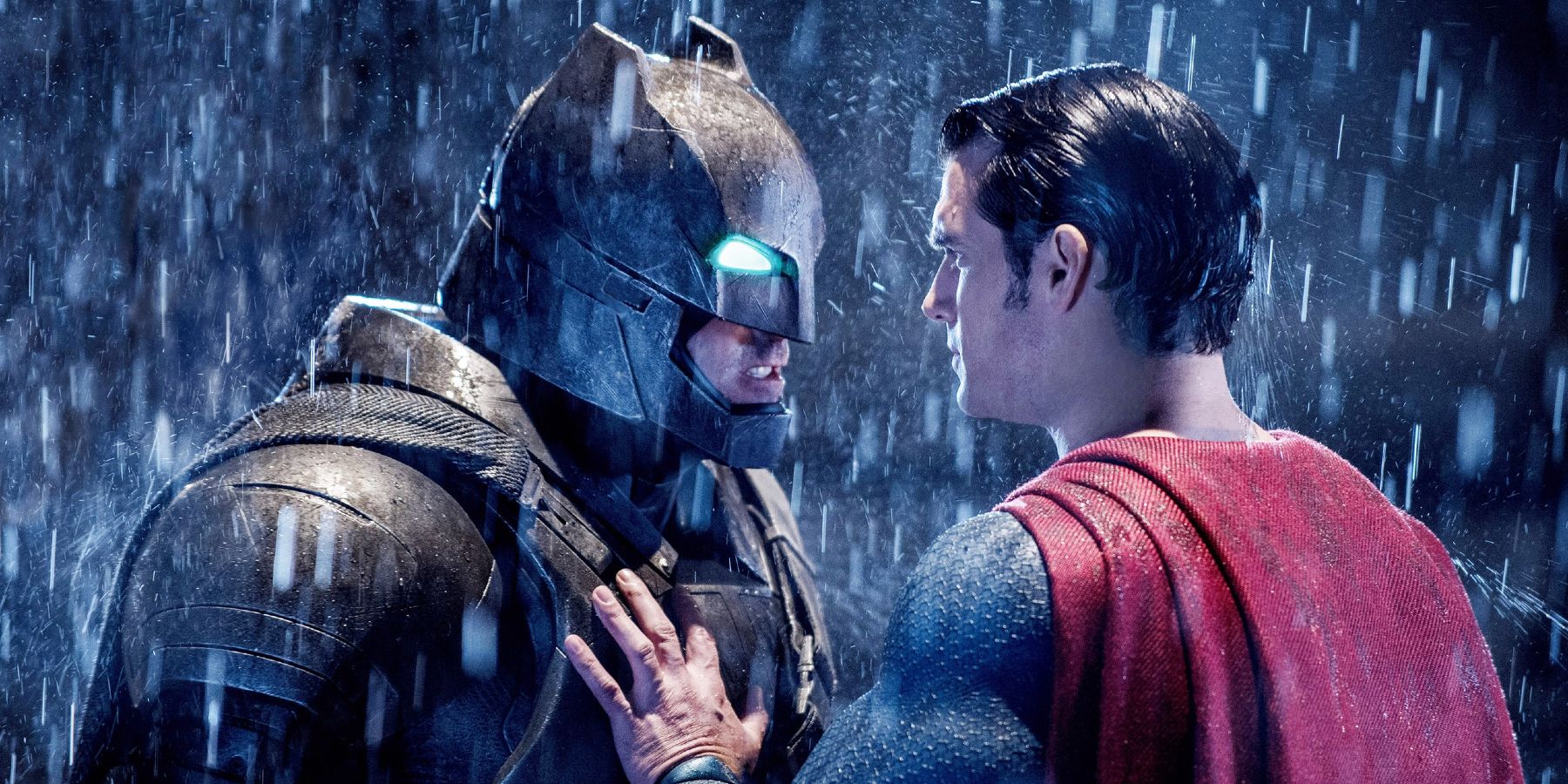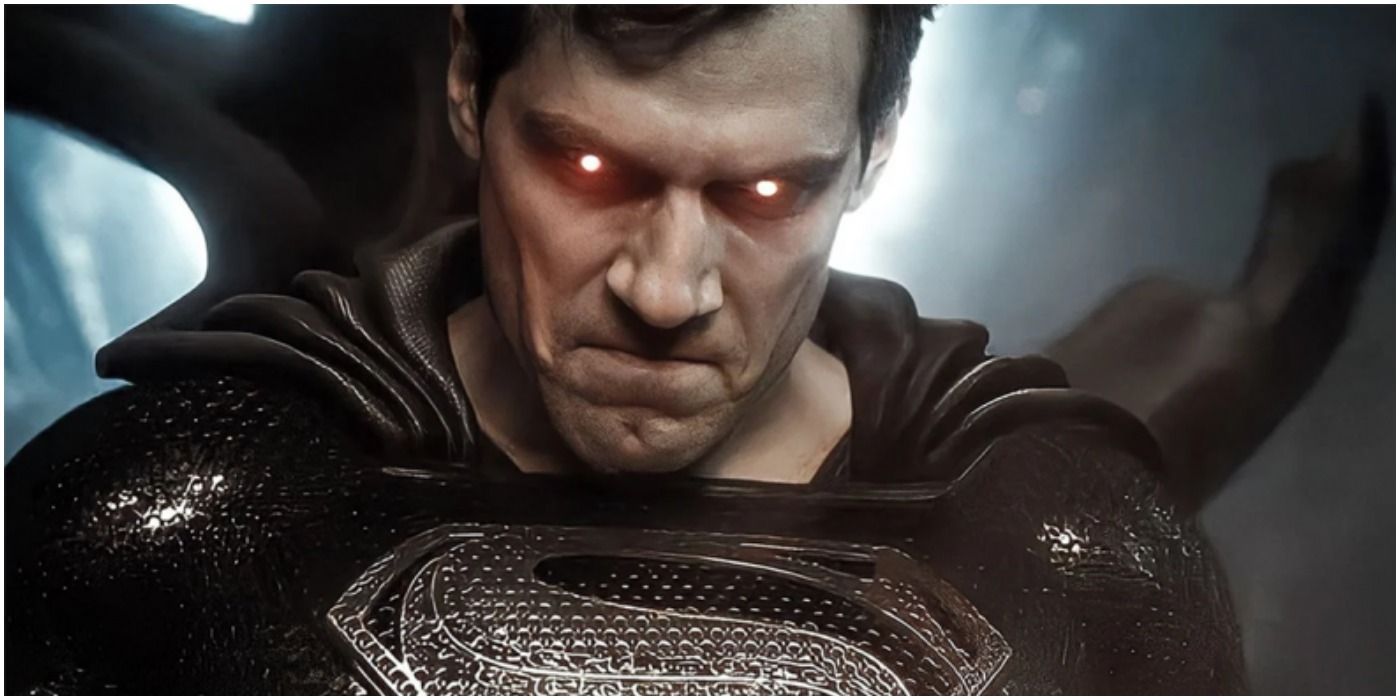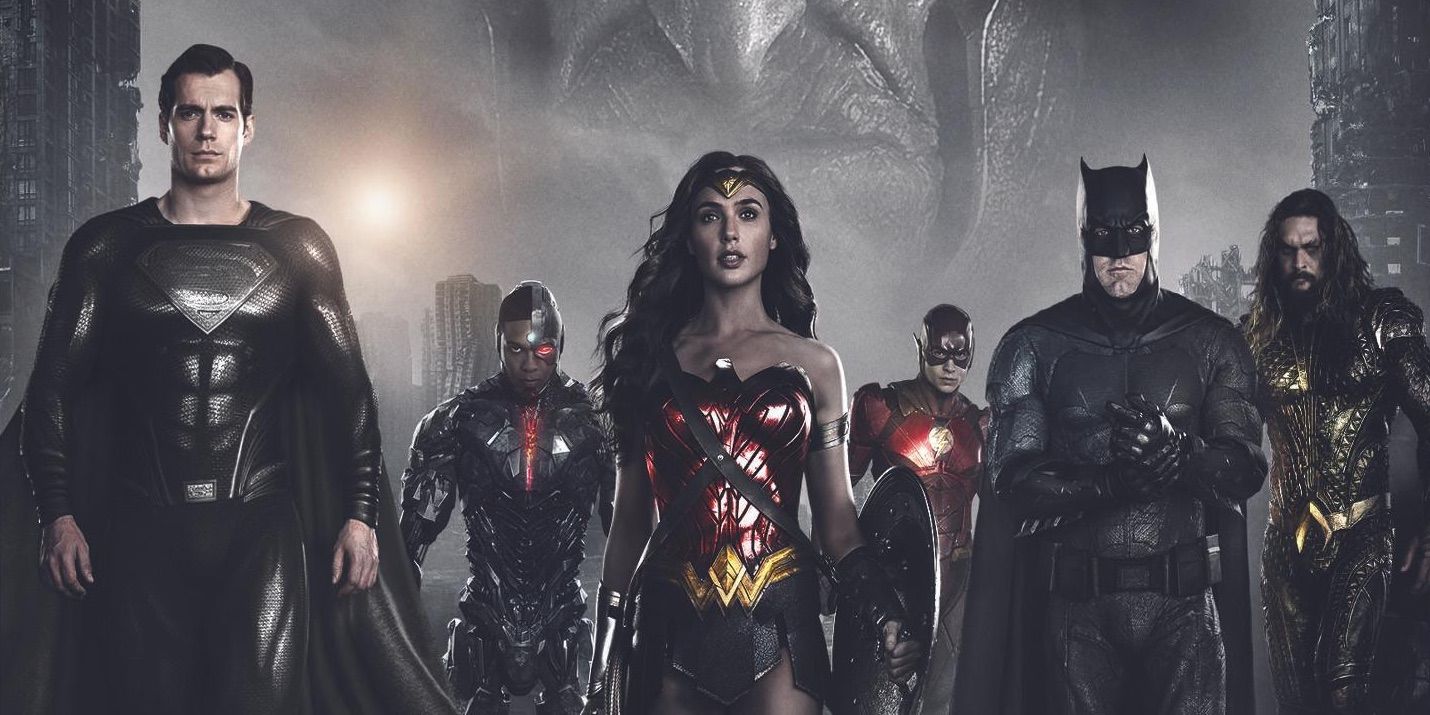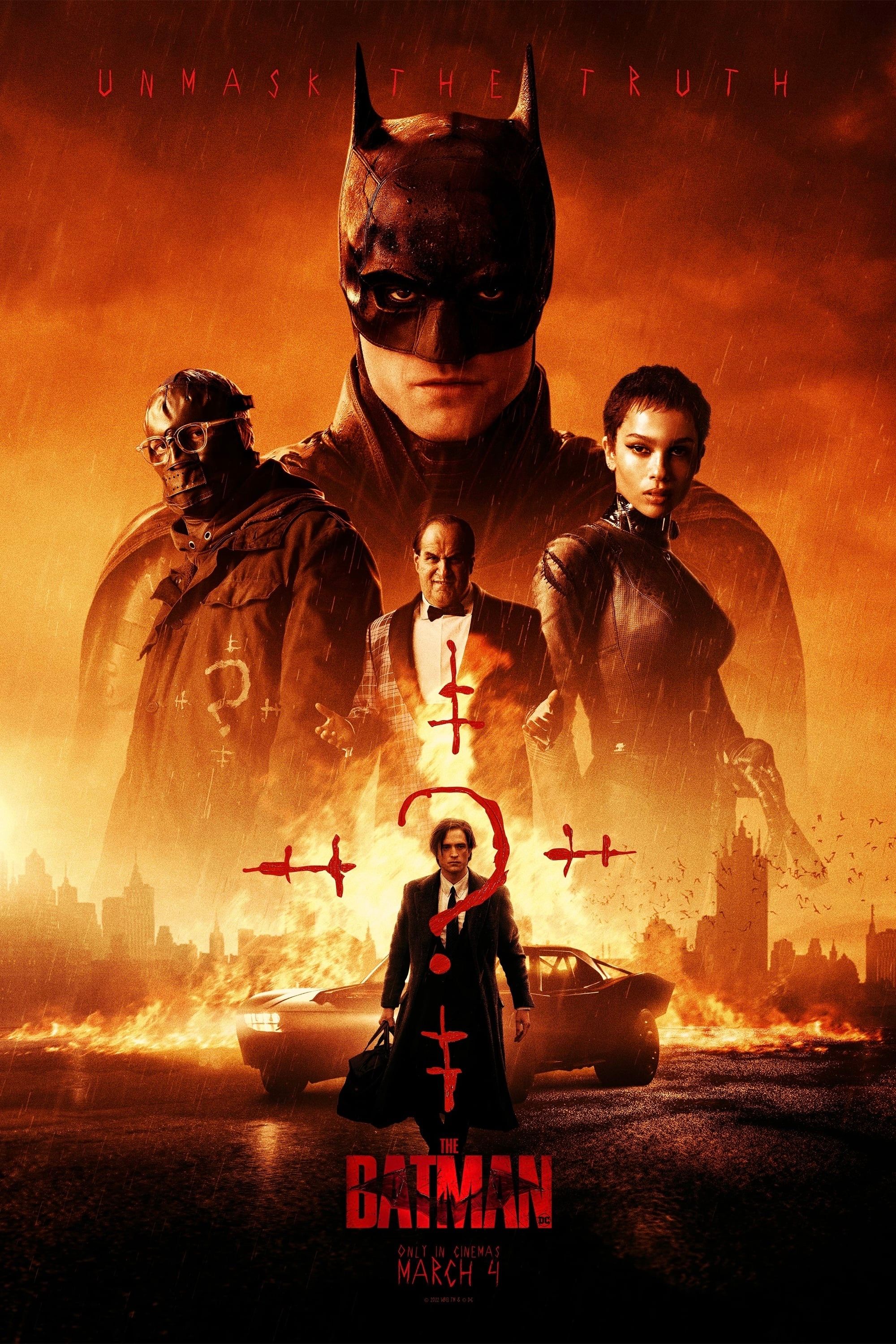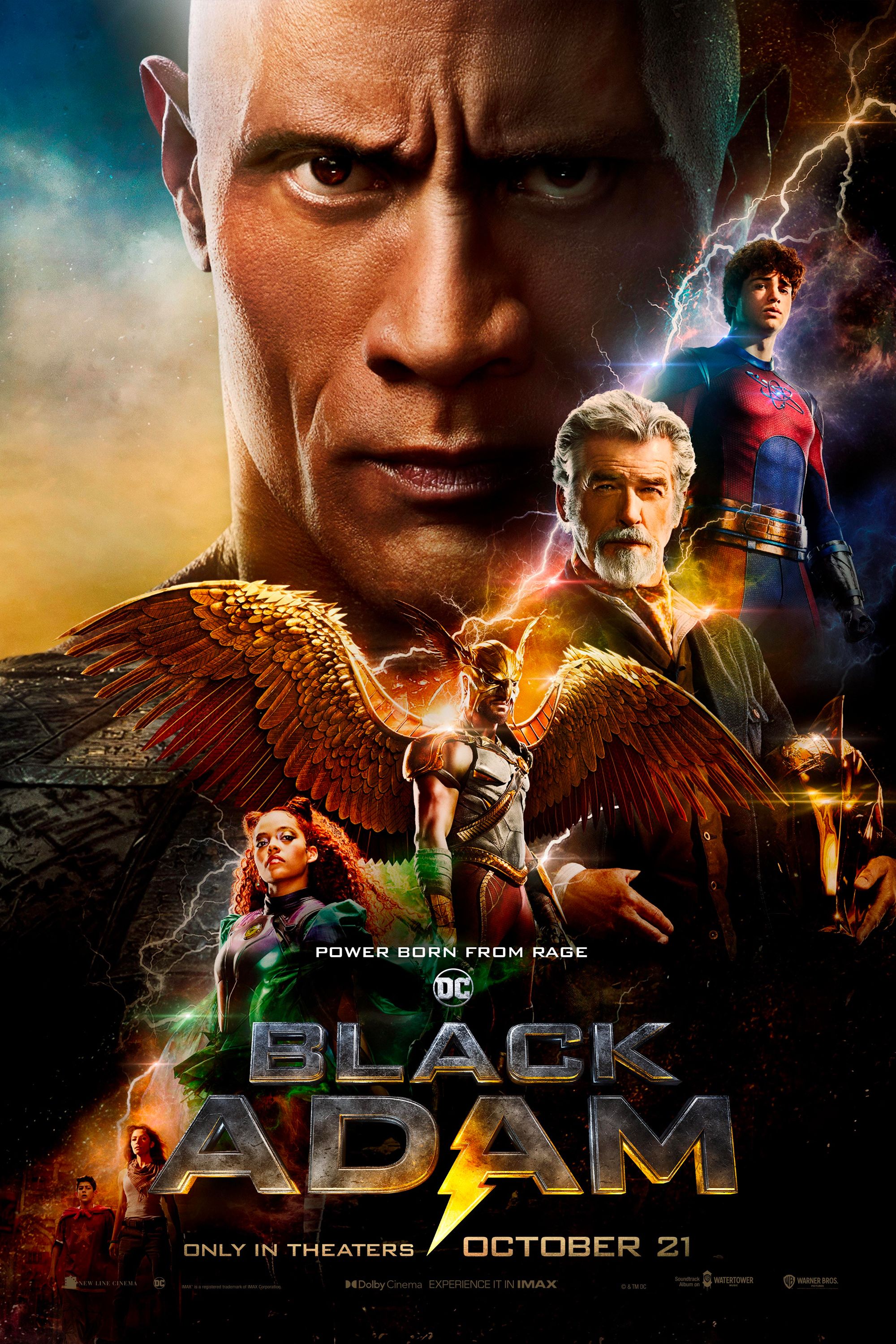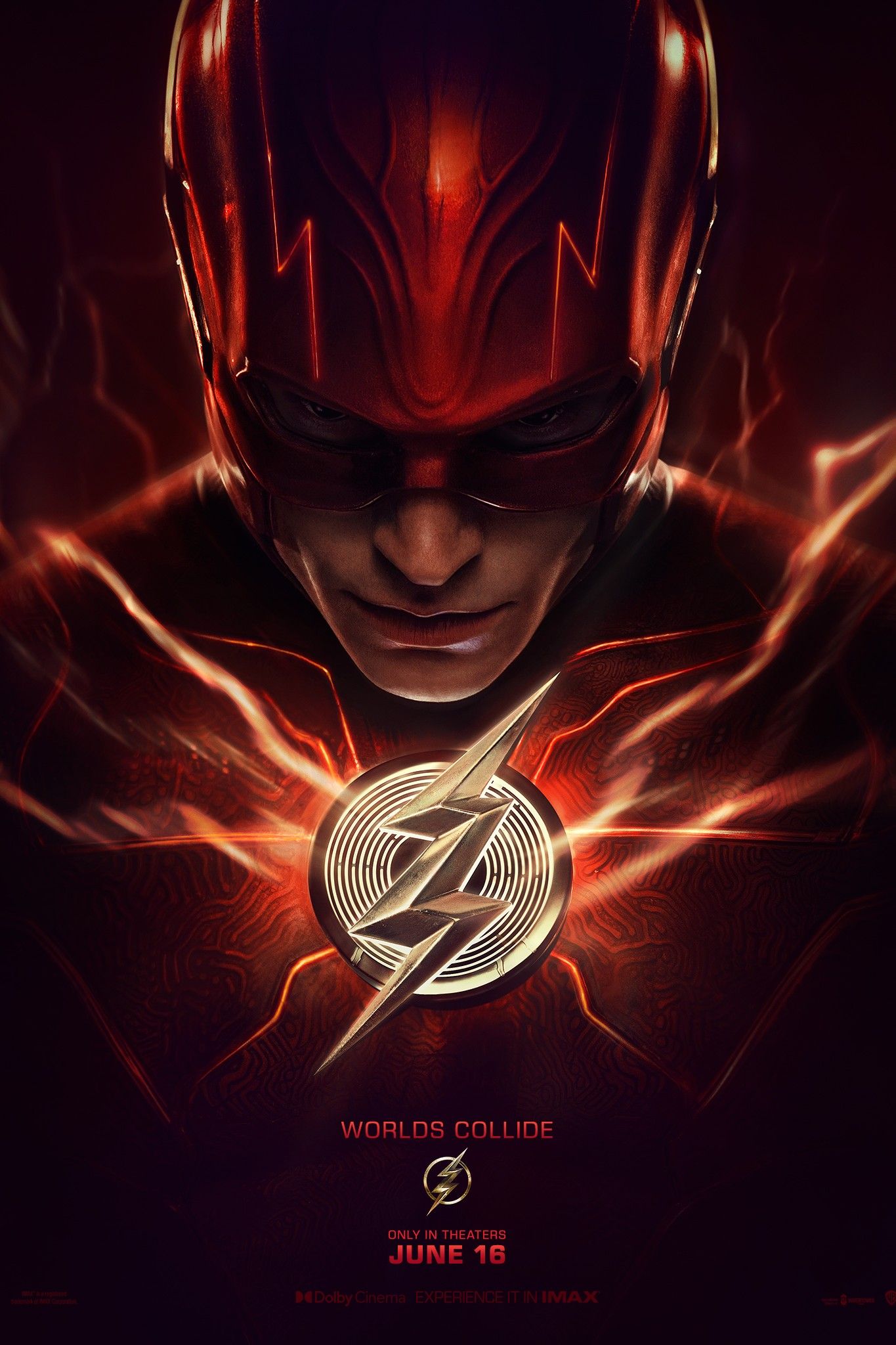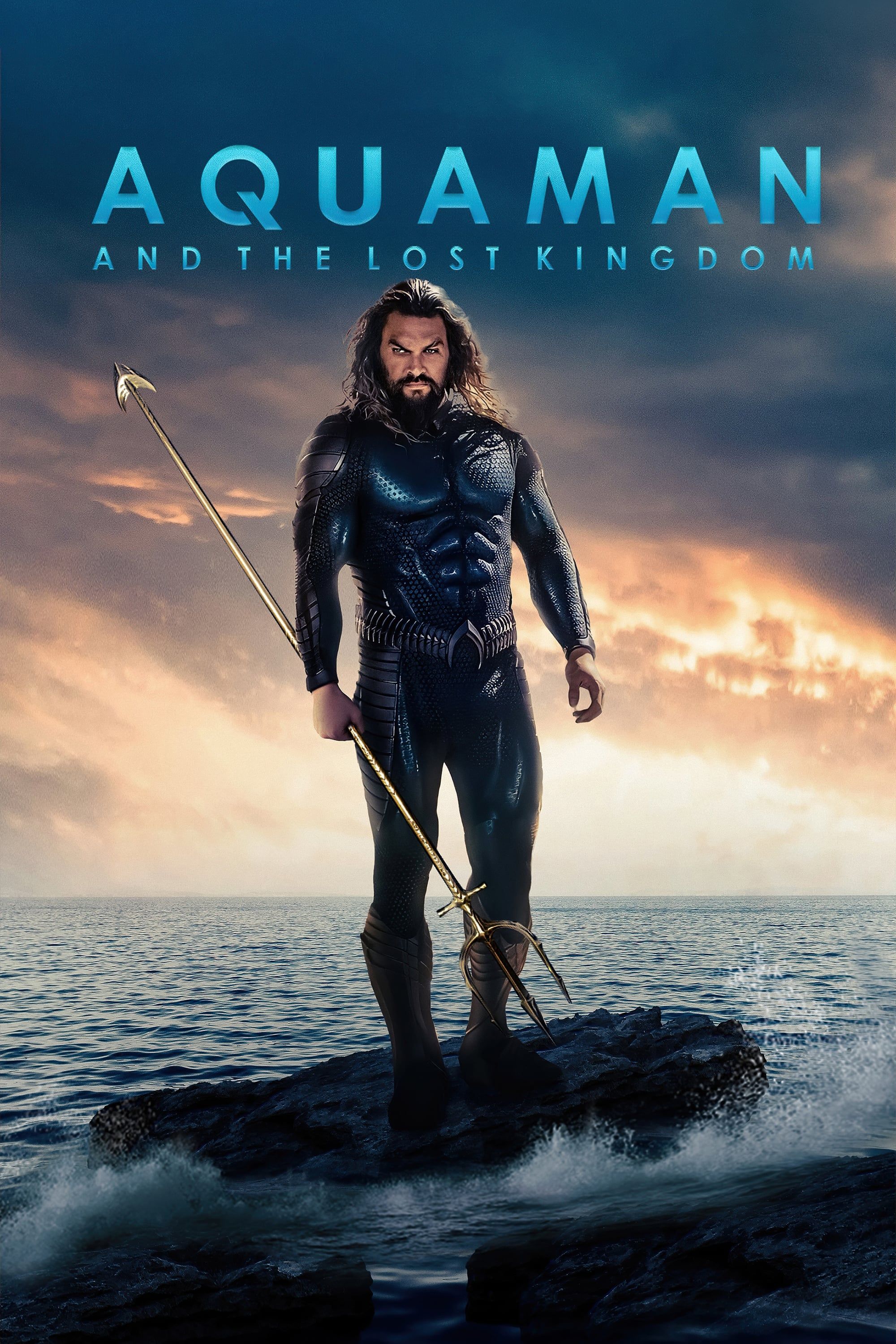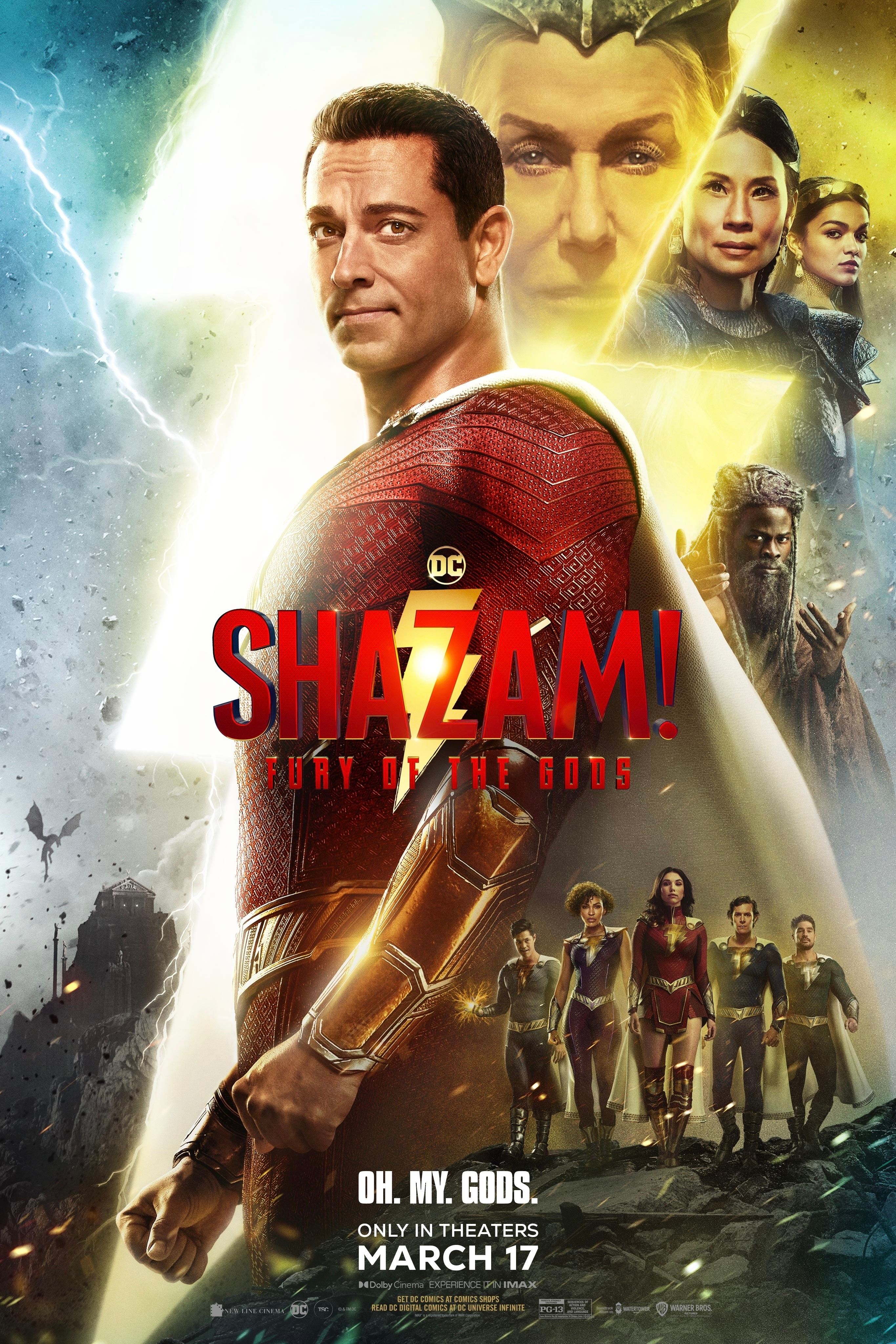The push for the sequels to Zack Snyder's Justice League continues, and while some reasons for that are clear, there's one in the mix that has gotten much less attention than it should. November 17th is now a red letter date for DC fans—once infamous as the 2017 release date for the theatrical cut of Justice League. Despite assertions by Warner Bros. that the film was still Snyder's after his earlier departure, the reshoot-heavy pastiche led to swift calls for the release of the Snyder Cut.
On November 17th, 2019, that push finally culminated in a massive social media trending event, with many celebrities and cast members like Ben Affleck and Gal Gadot also entering the fray. The Snyder Cut was officially announced the following May. Since the film's controversial debut in 2021, calls have been equally loud and determined for Snyder's intended pair of Justice League sequels, even in the face of Warner Bros. declaring the Snyder Cut a "storytelling cul-de-sac" that will proceed no further.
While the reasons for the continued push for Snyder's two unmade Justice League sequels are as obvious as fans simply wanting to see the story that he started reach its conclusion, there's something else feeding into that drive that's less prominent, but just as key to understanding it. To put it simply, Snyder began a Justice League story that's currently resting at part three of five. The Justice League, of all teams, being left to simply sit idle—at least, as a collective group—is an unspoken but crucial factor in the calls for Snyder to be allowed to finish what he started, especially with a fairly vivid picture of what parts four and five of Snyder's Justice League story were to involve.
Justice League Development Took At Least 10 Years
While the mythical nature of the Snyder Cut prior to its release is now a superhero movie legend, it's also the summit of the path towards a Justice League movie being made at all, which took much longer than many realize. The Justice League making the leap to movies actually began in 2007 with George Miller's Justice League: Mortal. Delays with the Writer's Guild of America strike in 2007 and other complications ultimately led to Justice League: Mortal never being realized, while Warner Bros. refocused their attention on Christopher Nolan's Dark Knight trilogy. The failure of 2011's Green Lantern also led to Man of Steel instead becoming the foundation for the DCEU.
Warner Bros. later announced a complete slate of upcoming DC movies at the 2015 San Diego Comic-Con, to kick-off with 2016's Batman v Superman: Dawn of Justice. Unfortunately, Batman v Superman was subject to an even more intensely divisive reception, which led to WB second-guessing the entire DCEU plan. This gave way to the chaos of WB's management of DC movies for the next several years, including the infamous Justice League reshoots in Snyder's absence after he'd completed principal photography. Though Justice League crashed and burned in theaters, the DC superhero ensemble got another chance when calls for the Snyder Cut eventually led to Zack Snyder's Justice League being completed and released to a largely positive reception. While this may have been the end of a long journey to see Snyder's version of Justice League finally realized, it was also the end of the even longer road for the Justice League as a cinematic property. The fact that the crudely cut together theatrical version came in between simply made seeing the heroes of the League finally united carry even more impact.
WB Apparently Doesn't Want Justice League 2
A few days after the Snyder Cut hit streamers worldwide, WB CEO Ann Sarnoff declared the film to be the end of Snyder's arc. Snyder himself has corroborated WB's sentiment, describing the studio as "aggressively anti-Snyder". By all outward indications, despite the Snyder Cut's positive reception, WB would like nothing more than to shut the door on any more Zack Snyder-helmed DC movies. Putting aside the studio's current feelings towards the direction Snyder intended to take the Justice League, this is also driving the continued interest in Snyder's arc due to how much it stands at odds with the usual studio approach to franchise building.
The contemporary approach to superhero films has moved in the direction of laying an early foundation that can be expanded upon. Warner Bros. themselves were also operating under this very mindset when the original DC slate was announced, and the business case for it is pretty simple: plan now to at least potentially capitalize on the superhero IP, with its current value being stronger than ever. By saying no to the Justice League sequels so early—and even pulling the plug on projects like Ava Duvernay's New Gods—Warner Bros. went in the complete opposite direction from the modern strategy of superhero filmmaking, making fans want to see the Justice League sequels happen that much more. What's also made that desire even more pronounced is the fact of the specific characters involved.
WB's DC Movie Future Fuels Snyderverse Hopes
The push for Snyder's two sequels is being even further fueled by the simple fact that it's the Justice League, and WB seemingly leaving one of the greatest factions of heroes ever assembled at a one-and-done. Conversely, Disney and Marvel have produced multiple movies for the Avengers and the Guardians of the Galaxy, the X-Men film franchise ran for two decades, and even the DCEU's own Suicide Squad received a critically praised sequel in 2021. Given the Justice League's importance in the history of comic books, they're the obvious A-listers of the A-listers in any shared universe of DC characters, and the desire to see them given proper treatment on the big screen is the driving force behind calls for the rest of Snyder's arc to see the light of day.
WB presently has no known plans for the Justice League to reunite at all after saying no to Snyder's sequels, and that's the key fact that's being missed in the discussion of the current state of affairs with the DCEU. The fact that Snyder's incomplete five-part arc has also been at least mapped out, is only adding to the perception of the Justice League being sidelined in the current DC movie slate. That's not to say that there's not strong anticipation for DC films that are currently on the way like non-DCEU entry The Batman and Black Adam. Nevertheless, WB has failed to articulate hard details on a plan going forward aside from cutting down, rather than building upon, their DC slate, with no publicly stated plans for the Justice League at all. Contrasted against the two Justice League sequels Snyder had planned, many fans are giving the latter an energetic endorsement.
It has to be understood that there would still be a waiting period of a few years even if Warner Bros. decided to move ahead with Snyder's Justice League sequels, as the director's Netflix first-look deal is currently keeping him busy with projects like Rebel Moon. Still, the fact that it involves a collection of superheroes as revered in geek culture as the Justice League, and their now also-shelved arch-enemy Darkseid, is and will very likely continue to fuel the push for the foreseeable future. The two sequels to Zack Snyder's Justice League are becoming more and more of a nerd legend, but underneath it all, what's quietly keeping that legend alive is Warner Bros. decision to simply leave a team of superheroes as beloved as the Justice League on the bench.

